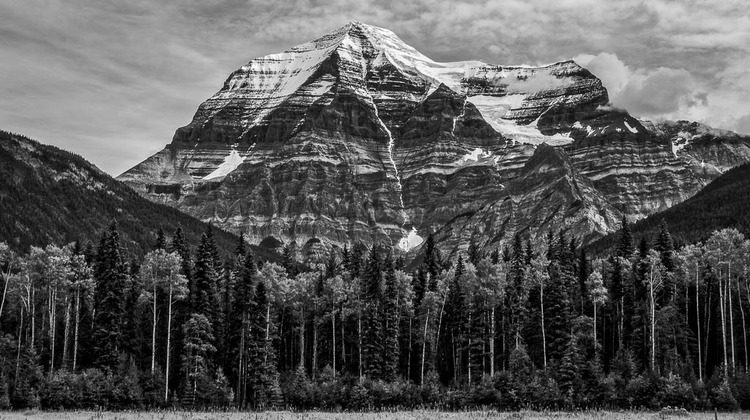If a Route Name is Offensive, We Have to Change It
It doesn't matter if you don't find it offensive, if someone does then that's enough

There have been a lot of conversations lately about route names. The bottom line is that if a route name is offensive then we have to change it.
A few days ago, I wrote Ending Colonialist and Racist Place and Route Names and talked about dropping a racial slur as the name of a peak in the Bow Valley. Shortly after the story, local resident Jude Daniels told me in an email: “I am an Indigenous woman living in Canmore and that peak is just next to my house in Eagle Terrace. I see that mountain most days when I return home. And each time it feels like a knife just stabbed my stomach. Just imagine what it feels like to know that there are people that view you with utter contempt and despise you solely because you are an Indigenous woman.”
Daniels has reached out to people in power for years trying to get the name of that peak changed. Thankfully, she now has a meeting with Dean Cherkas, director of consultation for the Stoney Nation this week. We will continue to follow this story and update readers.
The renaming of mountains is a more complicated process than changing route names because it has to go through official channels. Alpinist Colin Haley wrote about mountain names in 2015: “Many people who know me are aware of my preference for Indigenous mountain names in favor of colonialist names. Of course things are not perfect – Often the knowledge of Indigenous names has become lost or muddled by lack of written history, and often the same mountain was referred to by different names by different tribes. Nonetheless, I think that any name that was known to be used by Indigenous people in the past trumps a colonialist name that was applied hundreds of years later. This is especially true in North America, where many colonialist names have incredibly little relation to the mountain or area.”
Haley listed a number of famous peaks with their Indigenous and colonial names: Sultana (Mount Foraker), Begguya (Mount Hunter), Tahoma (Mount Rainier), Dakobed (Glacier Peak), Wy’east (Mount Hood), Pahto (Mount Adams), Nch’kay (Mount Garibaldi), Yuh-hai-has-kun (Mount Robson) and Cerro Chaltén (Cerro Fitz Roy). Consider incorporating their Indigenous names into conversations about them.
Last year, Bonnie de Bruijn wrote about renaming sexist route names. She does a far better job than me at explaining the significance of route names, so you should head over and read it here. Also last year, I wrote about the stories behind some of my over 300 route names which you can read here, and if any of them ever offended anyone then the name has to change.
Andrew Bisharat wrote a piece for Rock and Ice this week called Between the Lines: It’s Time To Change Offensive Route Names, in which he says, “Climbing is something that people of all ages, genders, races, religions, and backgrounds enjoy—and year after year, more and more people from a wider cross section of these demographics are enjoying climbing. Route developers must remember that they’re doing all this work for this growing community, and they can show their pride and respect for their craft by having a bit more maturity when it comes to choosing route names.”
Top climber Nina Williams recently wrote about the subject on Instagram. In her post, she says: “Proposal: Language management of route names. Distinguish between immature/vulgar/crude names and racist/sexist/ableist/homophobic/transphobic/ethnocentric/anti-Semitic names. Keep the vulgar names and toss the names that are historically violent and exclusive against entire communities of people. How do we draw that line? Imperfectly. But it must be drawn.” Read the full post below.
The bottom line is that if a route name is offensive then it has to be changed. It doesn’t matter if you don’t find it offensive, if someone does then that’s enough.


